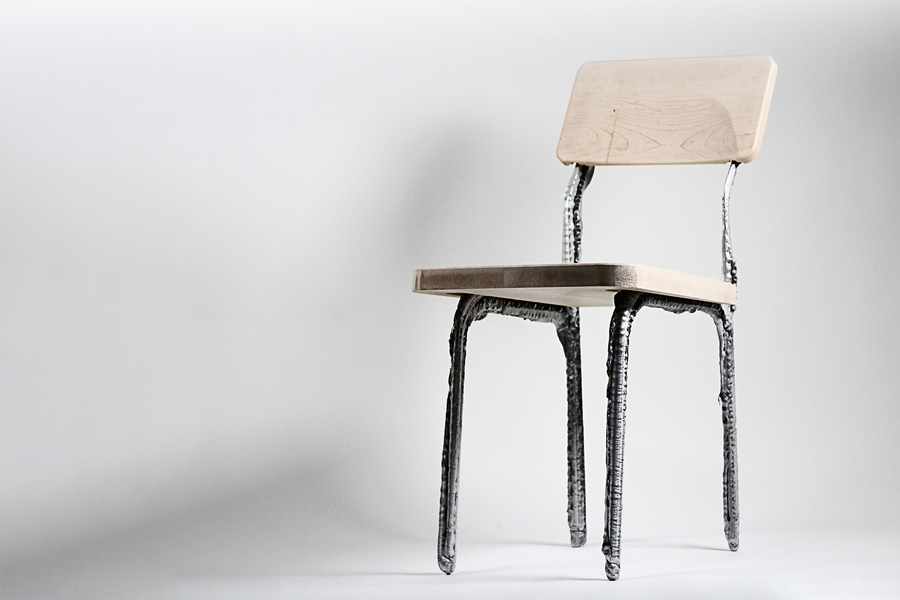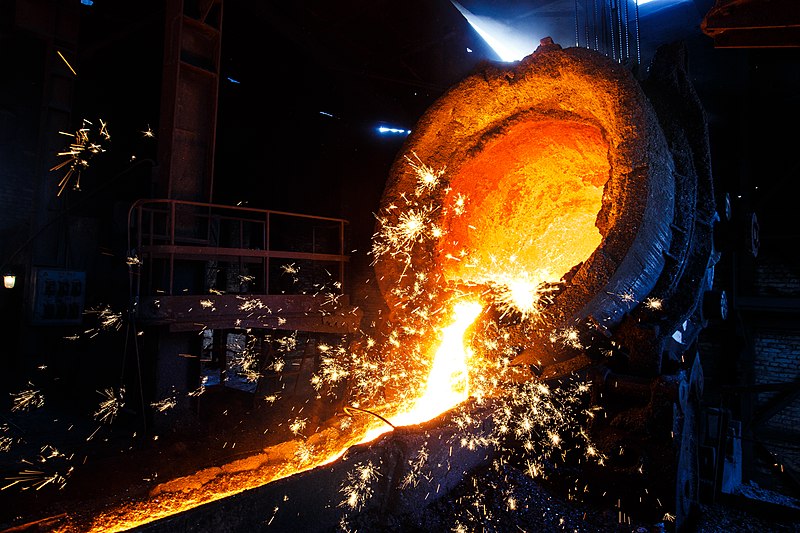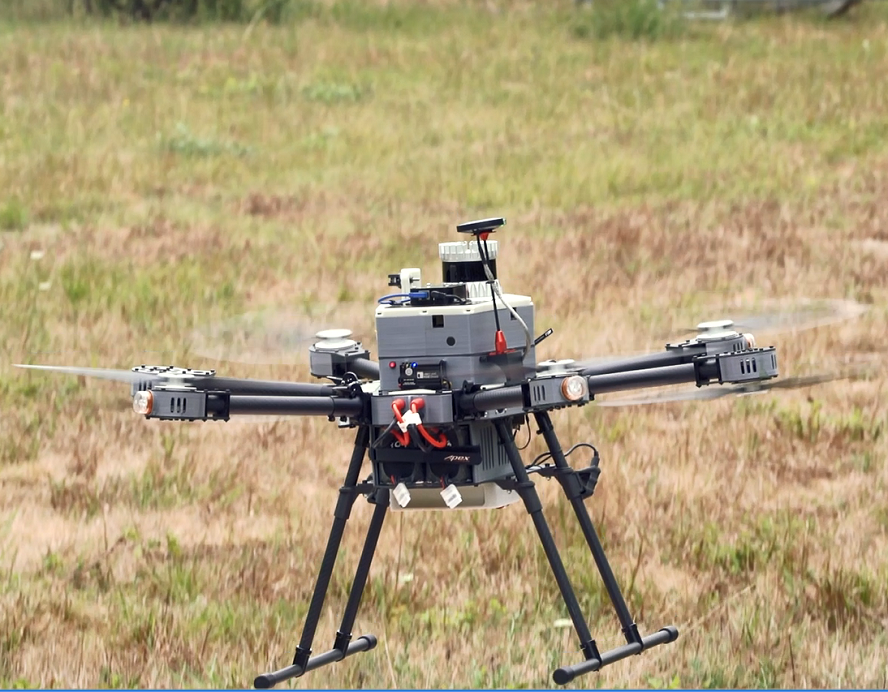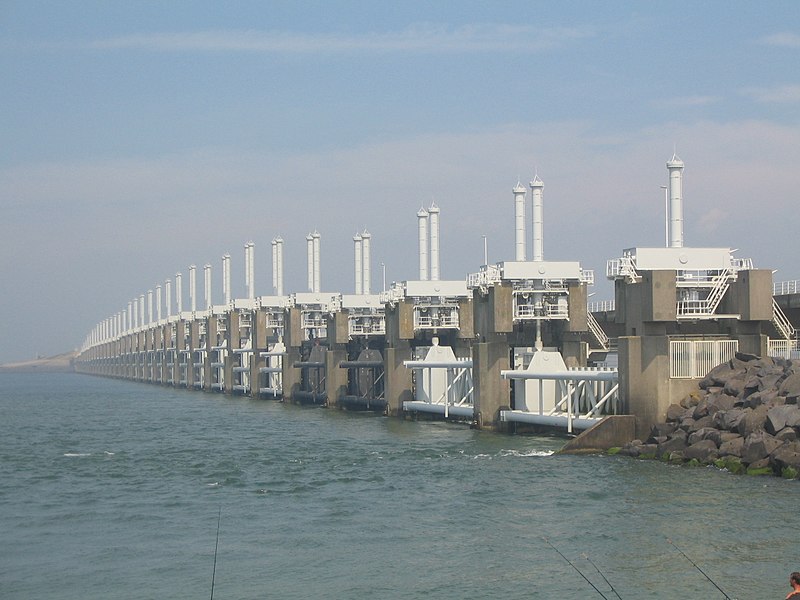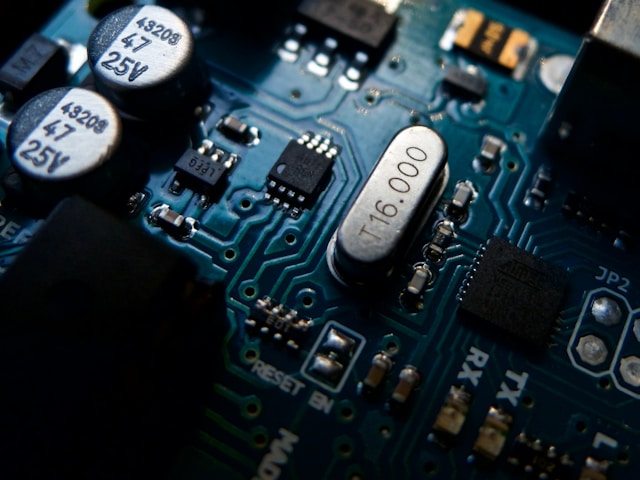Envision the ability to swiftly 3D print a table leg or a chair frame using liquid metal. MIT researchers have introduced an innovative additive manufacturing method to achieve this feat, known as liquid metal printing (LMP). The technique involves depositing molten aluminum along a predetermined path onto a bed of minuscule glass beads. The aluminum rapidly solidifies into a 3D structure, ready for immediate use or additional processing.
LMP’s Innovation: Speed, Simplicity, and Scalability
In contrast to traditional metal printing methods relying on lasers or other heat sources, LMP’s magic lies in its simplicity. By eliminating the need for external heating, the process becomes significantly faster, achieving printing speeds 10 times quicker than conventional methods.
The researchers have already utilized LMP to create various objects, including furniture components like table legs and chair frames. However, the potential applications extend far beyond home décor. LMP’s speed and scalability make it ideal for producing large-scale metal parts for industries such as aerospace, automotive, and construction. Imagine rapidly printing lightweight yet robust aircraft components or constructing complex architectural structures in a fraction of the usual time.
Despite its impressive advantages, LMP has limitations. Currently, the technique is limited to printing with aluminum, and the surface finish of the printed objects isn’t as smooth as those produced with other methods. Additionally, controlling the molten metal flow requires more precision compared to established techniques.
The Road Ahead: Refining Techniques for Future Metal Manufacturing
Looking ahead, despite these limitations, LMP’s potential is undeniable. The researchers are actively working on refining the technique, addressing challenges like material compatibility and surface finish. As they inch closer to perfecting LMP, we can expect to see even more groundbreaking applications emerge, revolutionizing the way we design and manufacture metal parts.
In essence, MIT’s liquid metal printing opens a new chapter in metal manufacturing, promising faster, more efficient, and potentially more versatile methods for shaping the metal world of tomorrow.

